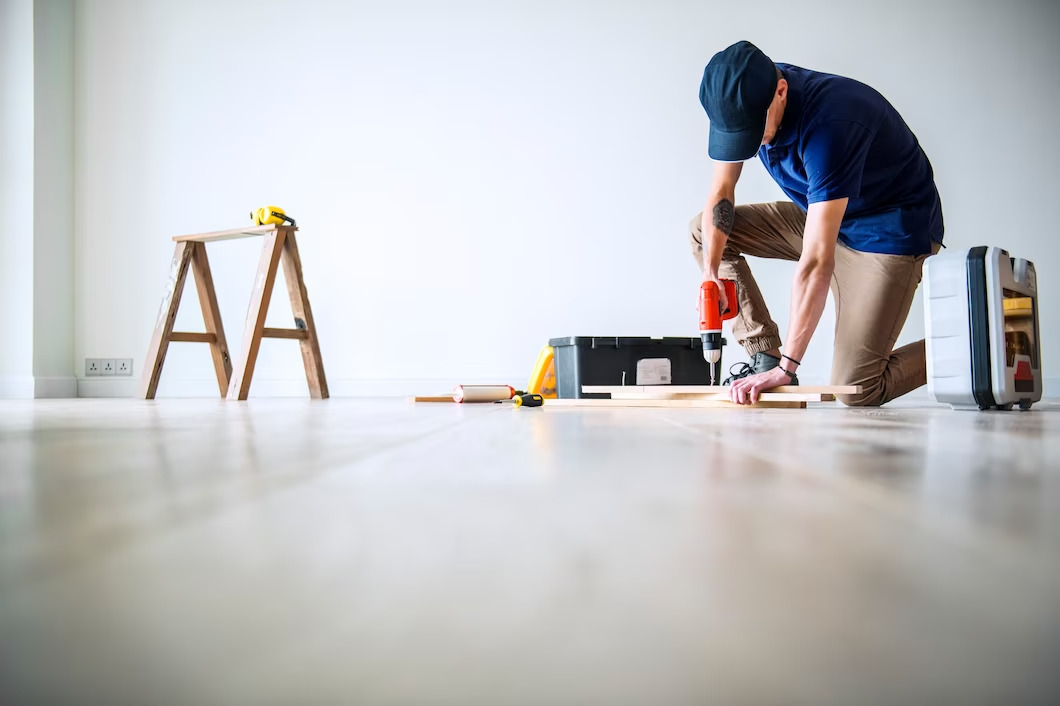The best basement dehumidifier alternatives are determined by the source of moisture, the qualities of the basement, and your budget. What should you know about keeping a basement dry without a dehumidifier? Humidity can be a problem in basements, and getting rid of it can be difficult.
There are other alternatives to using a dehumidifier to control humidity. Fixing gutters, adding slopes, and updating your AC and furnace filters are further options for diverting rainwater from the outdoors.
Some are quick fixes for past issues, while others are long-term answers. Let’s look at all of the options for removing humidity from your basement.
Table of Contents
How To Check The Humidity Level In The Basement?
The job is simple if you have a hygrometer. With the percent marked on it, you’ll be able to figure it out. If you don’t have one, search for condensation on your walls and windows. Look for watermarks and run-off tracks, particularly where warm air meets cold surfaces on window sills.
If that was your living situation, I’m very confident you have mold growing somewhere in the house. You should notice a musty odor and a feeling of moisture. In the worst-case scenario, if mold activity exceeds typical levels, you will have allergic reactions.
You will experience humidity if you have an enormous AC unit. Even if you think your air conditioner is overly strong, it causes more harm than good.
Your air conditioner runs in fewer cycles and cools your home quickly. As a result, your HVAC units will not be able to dehumidify your property. Dehumidifying is also a function of your air conditioner, in case you didn’t know.
Ways To Deal With Humidity Level Without A Dehumidifier
Using any material that absorbs and retains moisture is the most excellent approach to dehumidify. Any vapor should be planned and vented. Close all the doors and allow plenty of air to circulate. Then get the desiccant. So, it doesn’t get too stressed. A good one is silica gel, which absorbs moisture from the air.
Simply purchase them, open the container or bag, and leave them open in an area where they may absorb moisture from the air.
1) Check The Indoor Air Flow
Be aware of relative humidity and recognize when the outside humidity level is lower than the indoor. When the outside humidity is low, open two windows and place a fan near one of them. The air from inside is automatically pushed outside.
As a result, considerably dryer air is drawn within. Open two windows and place a fan beside one of them. This forces the interior air to escape to the outside. In the end, the rest of the air remains within the structure.
2) Use Rock Salt
If you are looking for a natural dehumidifier, nothing would be a better option than considering rock salt. It is another dehumidifier that can be used in the same way as baking soda.
Put roughly a cup of it in a container with as much air as possible, and it will absorb moisture from the air. Make sure to replace the salt after every two or three weeks for relevant results.
3) Put Silica Gel Packs In The Basement
Silica gel is a material that helps to maintain a dry environment. It’s one of the most well-known moisture absorbents, and it’s commonly utilized when moisture-sensitive goods are kept or sent around the world. You won’t be able to help with your basement using the small packets that come with products.
However, you can get them quickly from any online store. You can put them in nooks or places where there is much humidity. As needed, replace them.
4) Charcoal Blocks
One of the most effective moisture absorbents is charcoal. Briquettes, which you may occasionally use for a barbecue, can be utilized to absorb moisture and can be purchased practically anyplace. They are both inexpensive and effective.
Put charcoal in a tiny box with a cover and cut holes all around the box to use it as a dehumidifier. Replace this natural dehumidifier when the charcoal appears moist in a basement.
5) Go For Proper Ventilation System
If your basement has windows, leave them open on sunny, dry days, close them when it rains, and reopen them after the rain ends. Check for any damage to your windows; otherwise, they may leak and become a source of the problem.
The fan by itself will not fix the problem, but it will improve the chances of success when used in conjunction with other ways. A ceiling or floor fan can be used. As much as possible, keep it on. To save electricity, operate at a low speed. The fan will circulate the air, particularly humid air, and assist the absorbents in absorbing moisture.
6) Use Indoor Plants
Do you want to get naturally rid of humidity? Plants, on the other hand, can assist you in your endeavor. The most crucial thing to remember here is that not every plant can absorb water. Some may even raise it.
Peace lily, Boston fern, and other cactus species are examples of plants that might help dehumidify your basement. Those plants are reasonably easy to care for and have a lovely appearance. The drawback with this method is that they will not grow if there are no windows or sunlight.
Final Thoughts
These days, owning a dehumidifier might be costly. On the other hand, our basement must remain dry. It’s critical to clean every inch of the basement, from the gutters to the sump, if necessary. Proper drainage can aid in the prevention of dampness in your property.
It’s much better if you have a sump pump. Moisture can cause mold and mildew, which can be harmful to our health. Nobody wants dampness in their basement, so use the methods mentioned above and suggestions to keep it dry.





